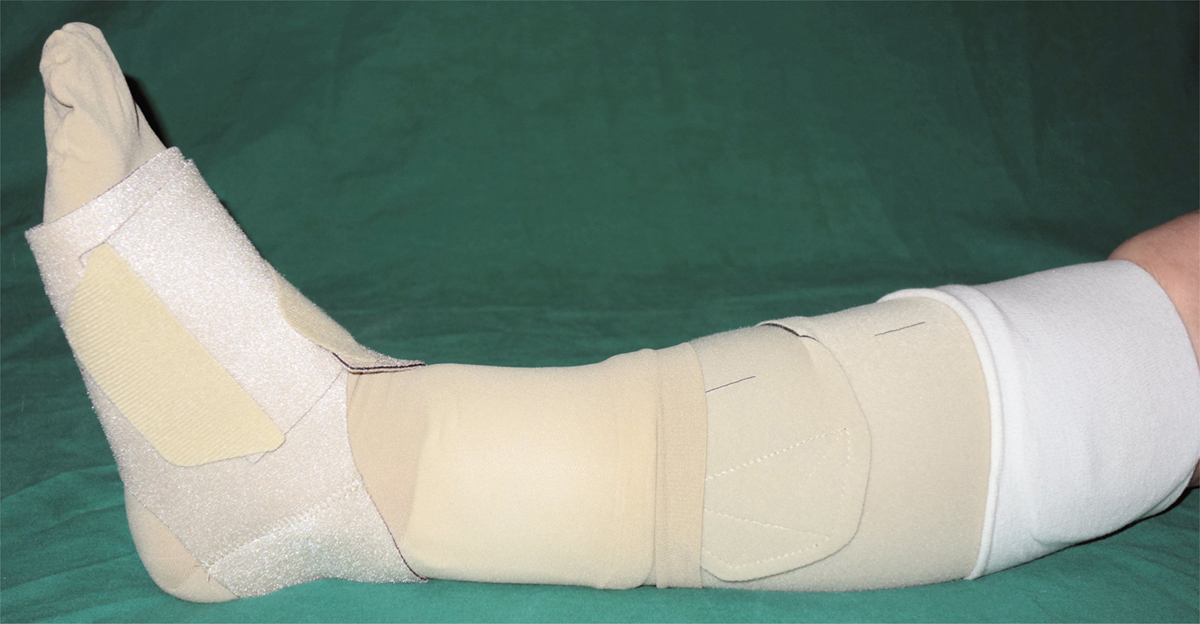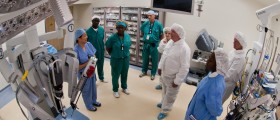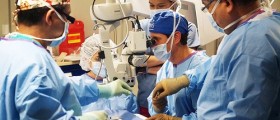
Lymphedema
Lymphedema is a swelling of the legs or arms. It can affect only one arm or leg. Besides swelling, the symptoms of lymphedema include the ache in the swollen arm or leg, heaviness, limited movements of the affected arm or leg, infections and changes of the texture of the skin. In some cases the swelling can be extremely severe. The cause of lymphedema is obstruction in functioning of the lymphatic system. This impairment prevents the fluid from the lymph nodes to be drained. The fluid accumulates and causes swellings. This condition may be a consequence of some other condition such as cancer, or an infection.Treatment
The goal of the treatment is to reduce the swelling and ease the pain. The most common treatment is wearing compression garments. These garments are specially designed sleeves and stockings which compress the affected limb and force the fluid out. This treatment can be successful in reducing the swelling but it does not provide the cure for lymphedema. Even if the swelling is significantly reduced, you should continue to wear compression garments in order to prevent the recurrence. Similar treatment involves bandages which are wrapped up around the affected limb. A trained nurse can show how to change the bandages. Another form of treatment includes specific massage therapy which is done to promote the flow of the fluid. However, this treatment is not recommended for patients with skin disorders and blood clots. The patients who received radiation therapy should not have the massage. You can also do special exercises which will help the fluid away from the limbs.Surgery
There are several surgical procedures which are used in treatment of lymphedema. Certain procedures involve operation of the affected limb, and others treat the lymphatic system. Such micro-vascular procedures involve creating a channel between the lymphatic and venous system. The aim of these surgeries is to drain the excessive fluid into the venous system. Another surgical procedure, called lymphaticovenular bypass, involves creating several tiny incisions in the affected area and directing the fluid into the veins. The newest procedure involves lymphatic transplantation. The surgery which includes liposuction of the affected arm or leg can reduce the swelling, but it does not provide the cure for lymphedema.Complications
Since micro-vascular surgical procedures are very complex, they do not always show the optimal results. In some cases the condition can be worsened. After the called lymphaticovenular bypass, the patient may feel better but prevention measures and further treatment will be necessary.
















Your thoughts on this
Loading...